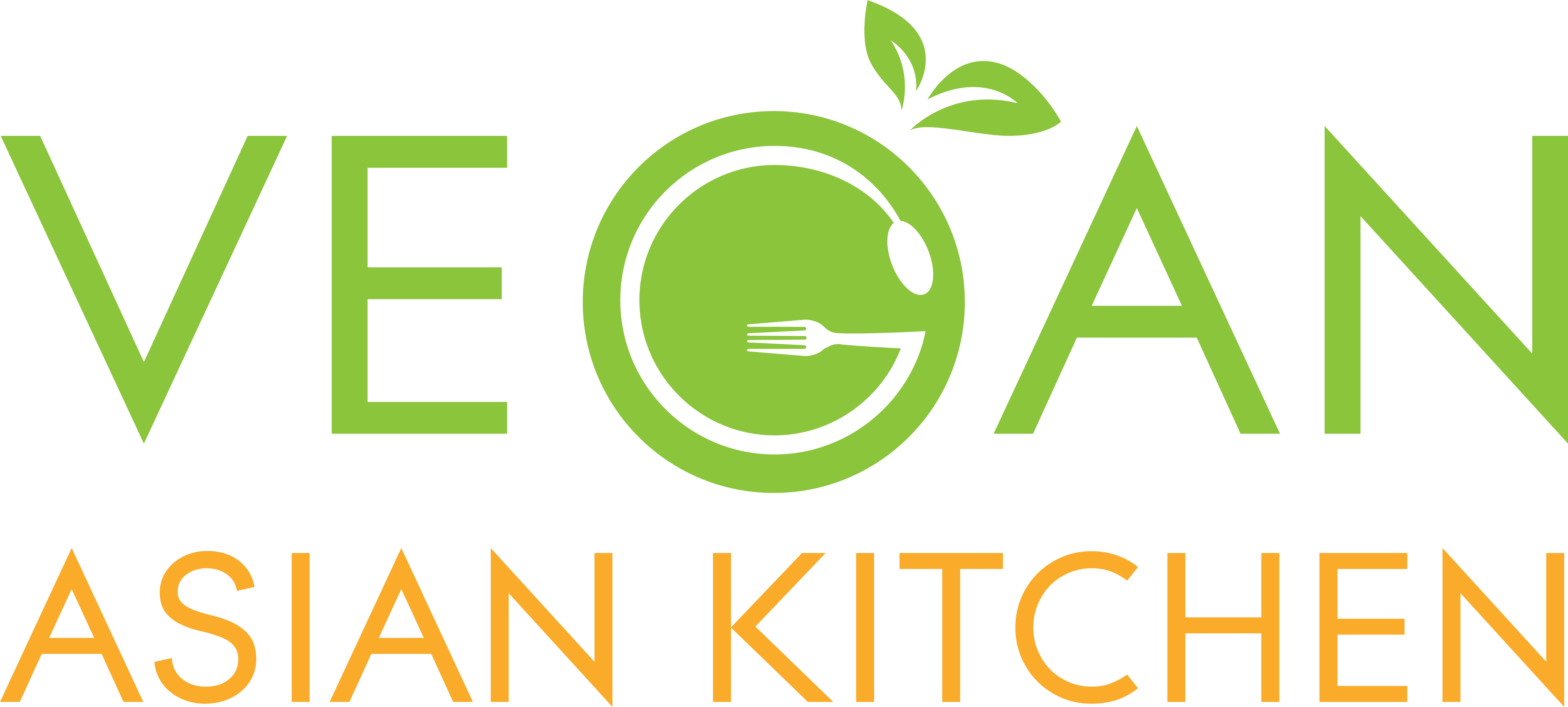Thai food is one of the most widely loved Southeast Asian cuisines. And while it is easy to enjoy Thai dishes that use plant based proteins such as tofu in place of meat and seafood, sometimes it’s hard to make sure the dishes are completely vegan. That is because many of the pastes and sauces that are traditional in Thai cooking contain seafood, such as fish sauce, oyster sauce and shrimp paste. And although dairy is not commonly used, eggs can sometimes be hidden in noodles and spring roll wrappers.
If you are traveling in Thailand and want to make it easier to find dishes that are completely vegan, you should learn this useful phrase: Kin Jay. Kin Jay (pronounced ‘gin jay’) is the name of a vegetarian festival that is held yearly in Thailand. Its roots are Buddhist, and it is more widely celebrated by the Chinese rather than Thai community in Thailand. But even if you are not in the country during the festival (it lasts for nine days and occurs in the ninth month of the lunar calendar), you can still put that phrase to good use. That is because local restaurants that adhere to the principles of Buddhism, where no animals are to be harmed, will include Kin Jay on their advertising, signage and menus. Finding the phrase Kin Jay displayed on a storefront lets you know that you are eating at the right place.
The one non-vegan ingredient that is used in almost every Thai dish is fish sauce. It is used in noodles, stir fries, salads, dipping sauces, soups, almost every dish you can name. Less common, but just as difficult to detect, is oyster sauce, which is normally only used in fried noodles and stir fries. Shrimp paste is commonly found in curries and sometimes also in tom yum soup.
The best way to make sure your Thai food is completely vegan, is to make it at home. By stocking up on a few basic ingredients, it is very easy to do. Below is a list of some of the most popular Thai dishes, with notes on what non-vegan ingredients to watch out for, as well as links to vegan recipes that are easy to make.
Pad Thai

One of the best known and most popular Thai dishes, Pad Thai not only contains fish sauce and dried shrimp, but also eggs. In this recipe, those are all omitted, but still keeping the salty/sweet/sour components that are essential for the traditional flavor. A bonus is that the author also includes a recipe for making your own vegan fish sauce.
Easy Tofu Pad Thai: https://minimalistbaker.com/easy-tofu-pad-thai/
Pad See Ew
Another popular Thai noodle dish is Pad See Ew. Normally it not only includes oyster sauce, but also eggs are a major component. In this recipe, yuba (tofu skin) is used in place of the egg. Commercially available vegetarian oyster sauce is also used.
Vegan Pad See Ew: https://joyfuldumplings.com/vegan-pad-see-ew/
Tom Yum

Tom yum soup may not always contain shrimp paste, but it does almost always include fish sauce. In this recipe, you have a choice of the clear version, as well as the redder and slightly creamier version. Start out with vegetable broth instead of water if you want a richer flavor.
Vegan Tom Yum Soup Two Ways: https://www.vforveganista.com/recipes/vegan-tom-yum-soup-two-ways/
Larb
Also called laab, this popular salad is traditionally made with ground meat (and seasoned with fish sauce), but can be easily made with crumbled firm tofu instead. This recipe is very quick and easy, with no hard-to-find ingredients.
Vegan Tofu Larb: https://plantbasedonabudget.com/larb-salad/
Satay

Normally made with meat, satay can also be made with tofu, soy chunks, or, as in the following recipe, soy curls. The dipping sauce also normally includes fish sauce, which has been omitted here.
Vegan Satay Skewers: https://itdoesnttastelikechicken.com/vegan-satay-skewers-soy-curls/
Spring Roll Dipping Sauce
Frequently fish sauce will be added to spring roll dipping sauces. Here is a version that doesn't use it but is still authentic.
Homemade Thai Sweet Chili Sauce: https://hot-thai-kitchen.com/sweet-chili-sauce/

